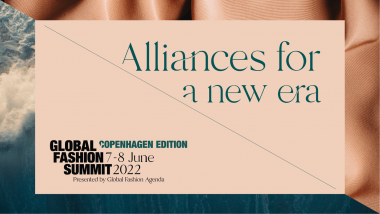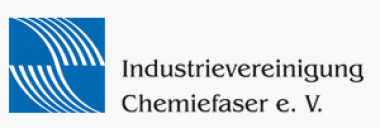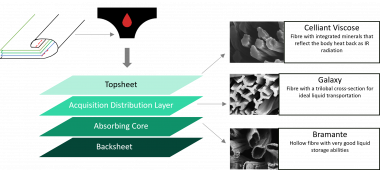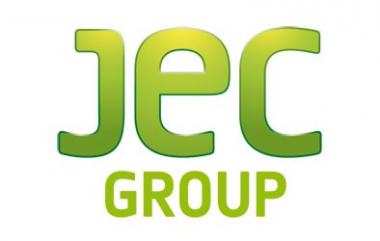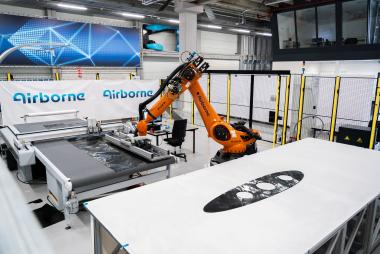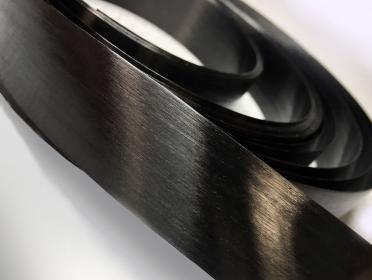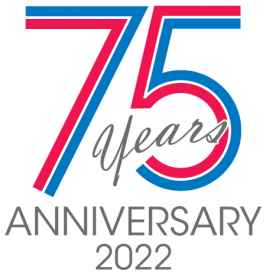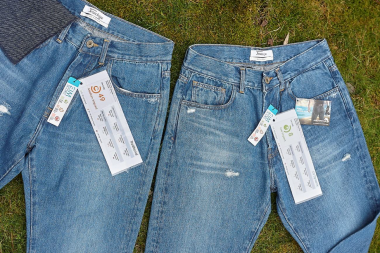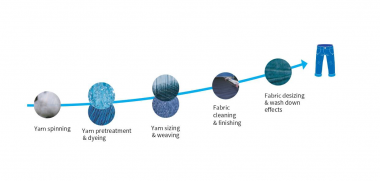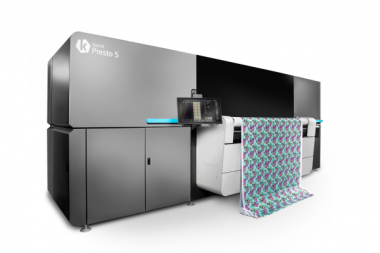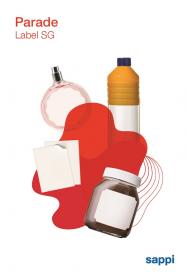INDA Appoints Jen Greenamoyer as New Director of Government Affairs
- Experienced government affairs professional with EPA background to advocate for the nonwovens association in public policy forums
INDA, The Association of the Nonwoven Fabrics Industry, has named experienced policy advocate Jennifer “Jen” Greenamoyer as its new Director of Government Affairs to raise the association’s profile in Washington, D.C. She brings 25 years of experience at associations, the U.S. Environmental Protection Agency (EPA) and on Capitol Hill.
Most recently, she was senior government relations liaison and the principal lobbyist at the American Institute of Physics (AIP) for 15 years, where she represented the association to Congress and lobbied for appropriations. Greenamoyer has strong expertise in science policy and education that will enhance her role as an information resource for INDA members, staff, and others on government affairs’ matters affecting the industry.
She began her career working at the EPA in the Office of Water and then the Office of Policy. Greenamoyer also trained EPA staff on regulation development and worked on small business regulatory relief. On Capitol Hill, Greenamoyer worked as professional staff for the House Committee on Small Business where she specialized in regulations about environmental and labor issues.
As Director of External Affairs for the Sea Grant Association, she secured annual appropriations, monitored legislative developments, and represented the association to federal agencies and the Administration on issues of interest, funding opportunities and joint programs.
At INDA, she will serve as the liaison between the industry and government legislative and regulatory bodies by preparing formal submissions to the federal government articulating industry positions, and representing INDA on the Industry Trade Advisory Committee for Textiles and Apparel (ITAC 13) among other responsibilities in this key position.
INDA
INDA





